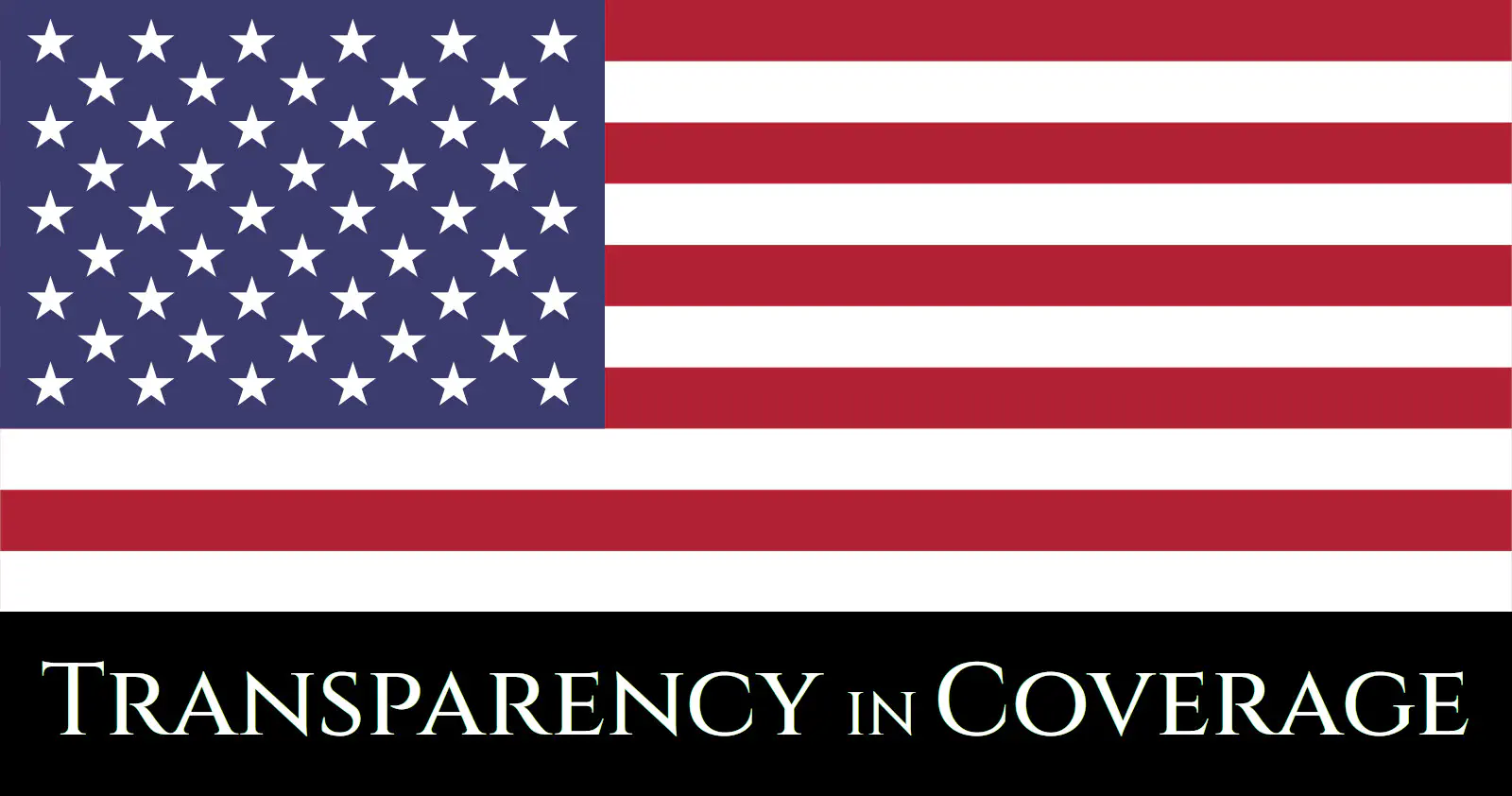
The Transparency in Coverage Act (bill currently before congress) is a set of regulations that aim to increase transparency in health insurance coverage in the USA. The primary goal of the act is to provide consumers with clear, accessible, and actionable information about the cover that they receive from their health insurance. What services are included? How much will the insurer pay for a specific service? And how does this change from one provider to another? Or from one geographic region to another? Answers to these kinds of questions were previously hard, if not impossible, for a consumer to access.
In principle the information covered by the regulations should include costs, benefits, and other essential details. It should ensure that consumers can make informed healthcare decisions and understand the financial implications of their choices.
Introduction
A clear understanding of healthcare costs and coverage is crucial. However, for many consumers the intricacies of healthcare billing and insurance remain enigmatic. The Transparency in Coverage regulations are intended to solve this problem, promising data which should provide clear insights into potential medical expenses. The goals of the regulations are:
- to provide consumers with transparent access to critical healthcare data
- to enable consumers and providers to compare costs
- to encourage competition and drive innovation in the private healthcare industry.
This article will explore the legal framework, data format, and potential applications of the data.
Legal Framework
The detailed implementation of the regulations is described in the final rules. In summary, insurers are required to publicly disclose information relating to
- claims payment policies
- financial statements
- enrollment and withdrawal
- denied claims
- rating practices
- in-network negotiated rates and
- out-of-network coverage.
All information must be clear, concise, and easily understood.
To ensure compliance, strict penalties are in place for institutions failing to provide the required information.
Data Format
Data standardisation is critical to ensure the accessibility and usefulness of the data. It must be published in a machine-readable format, which implies that it can be read and processed by a computer without prior conversion. The data must be in an open (non-proprietary) format. Schemas for JSON and XML formats can be found on GitHub.
The data are divided into two categories:
- in-network negotiated rates and
- out-of-network allowed amounts.
Examples of each of these in both JSON and XML formats will be discussed in future posts.
Challenges
In principle the data requirements seem sensible and manageable. However, in practice there are a number of challenges.
- Volume and Complexity — The data is granular and spans multiple healthcare providers and insurers. The sheer volume of the data makes it difficult to process, requiring advanced tools and infrastructures. Storing the data is also challenging.
- Data Quality and Consistency — The data is often incomplete, containing numerous missing entries. There are also inconsistencies in coding, naming conventions, and pricing methodologies across insurers and providers.
- Data Duplication — There is often excessive duplication across files. Files for different plans are frequently identical, with just minor differences in descriptions or a small percentage of rates. While this might not pose a significant problem when analysing individual files, the sheer volume of duplicate data becomes an issue when ingesting multiple files.
- Inaccurate Data Assignment — A consistent issue observed within the data is the erroneous assignment of medical procedures to providers who lack the relevant expertise. An illustrative scenario involves attributing the billing code for a knee replacement to a specialist in ear, nose, and throat care. In certain instances, as much as 90% of billing code rates are linked to providers who do not possess the capability to perform the associated procedures. The inclusion of such nonsense data casts the validity of the remaining data into doubt.
- Data Integration and Standardisation — Merging data from different providers and insurers can be challenging due to variations in data structures, formats, and standards. Furthermore, there are discrepancies in how procedures are coded.
- Stale Data — Pricing and policies evolve with time. In order to remain relevant, the data must be regularly updated.
- Context — Costs can vary by location due to differing healthcare infrastructures, policies, or demographics.
- Ethics, Privacy and Bias — Individual patient data should never be identifiable. The data should provide sufficient information to mitigate any potential biases.
Potential Applications
Beyond the stated objectives for these data, there are numerous other potential applications:
- Comparison Tools that allow easy comparisons between providers or insurers;
- Predictive Tools that make it possible to predict future costs based on historical data, aiding in financial planning;
- Integration with Health Applications giving consumers a holistic view of their health metrics and associated costs; and
- Policy Research enabling academics and policymakers to understand patterns and craft better healthcare policies.
Conclusion
The Transparency in Coverage data has the potential to offer profound and impactful insights, with the potential to reshape healthcare insurance. However, there are numerous challenges. Successfully navigating the data requires a blend of domain expertise, computational proficiency, and an awareness of ethical and operational nuances. At present the raw data appears to be inaccessible to the average consumer.